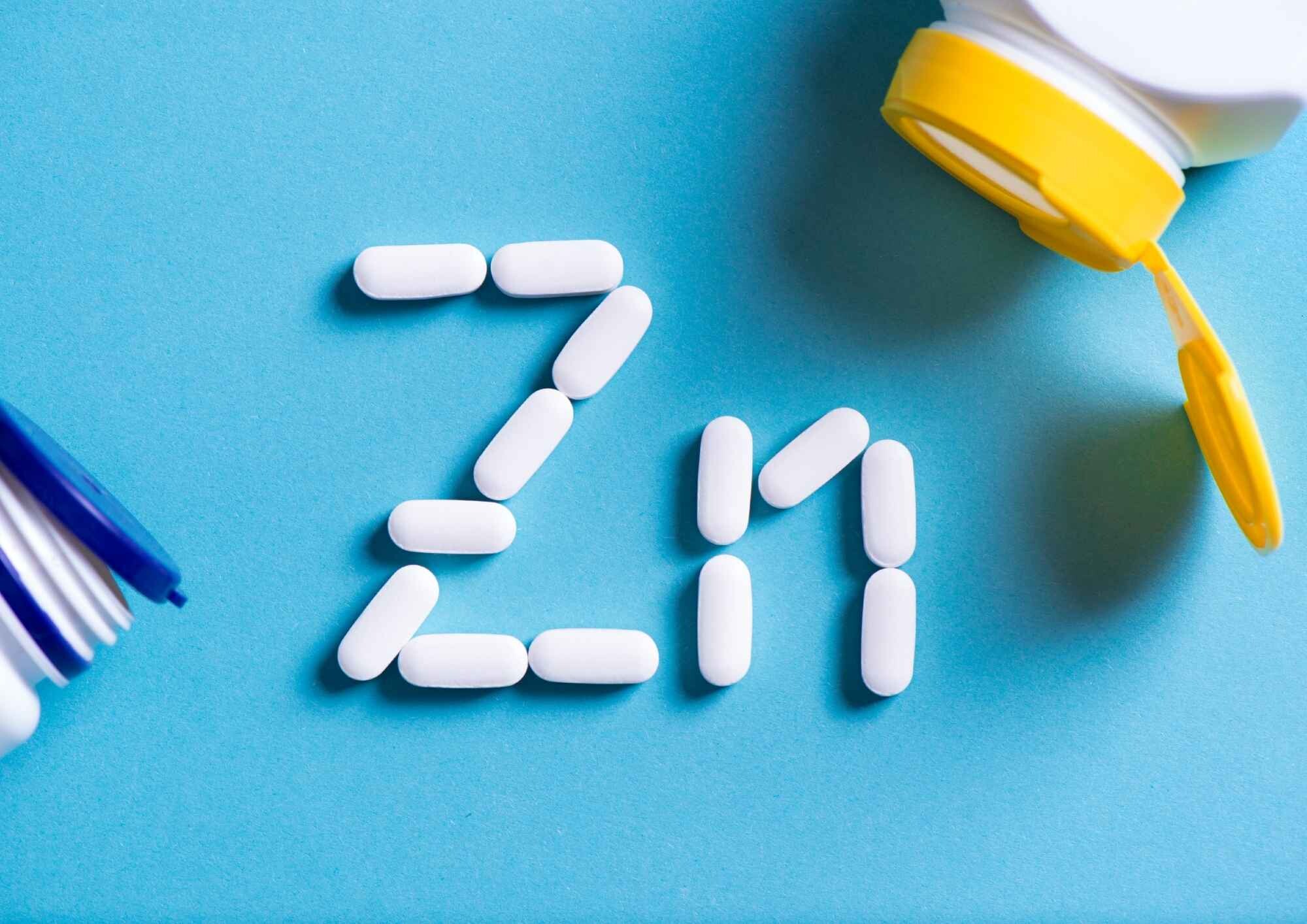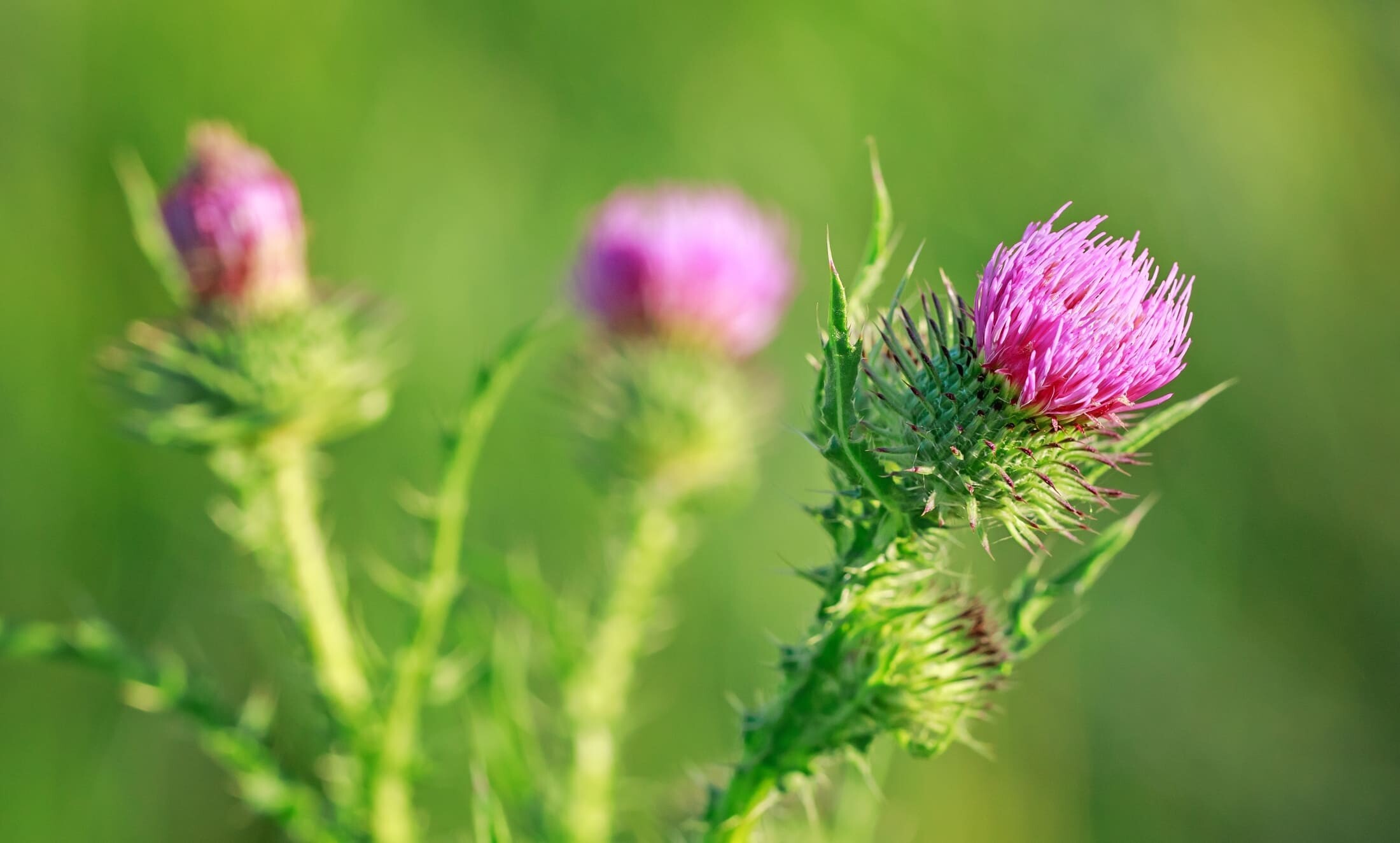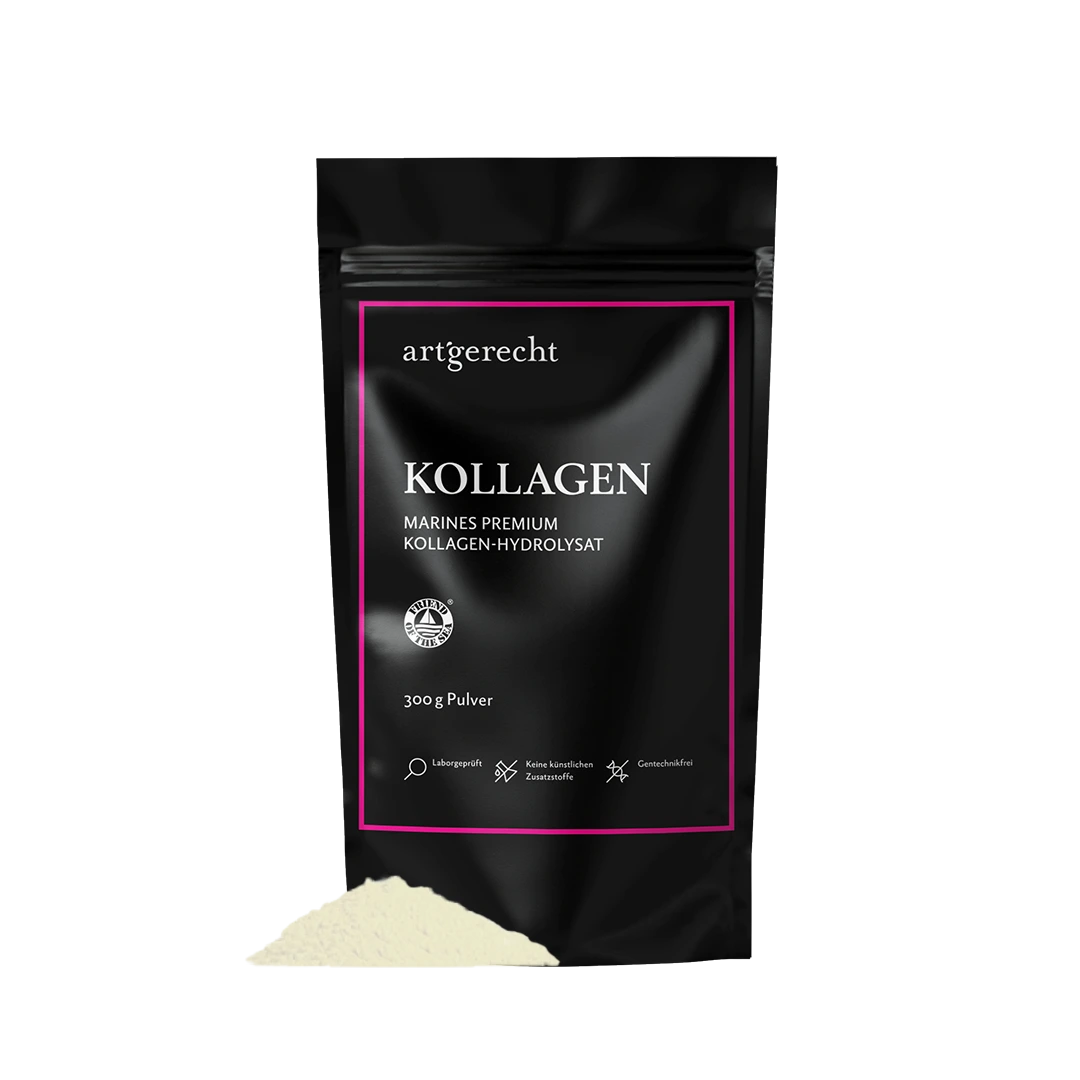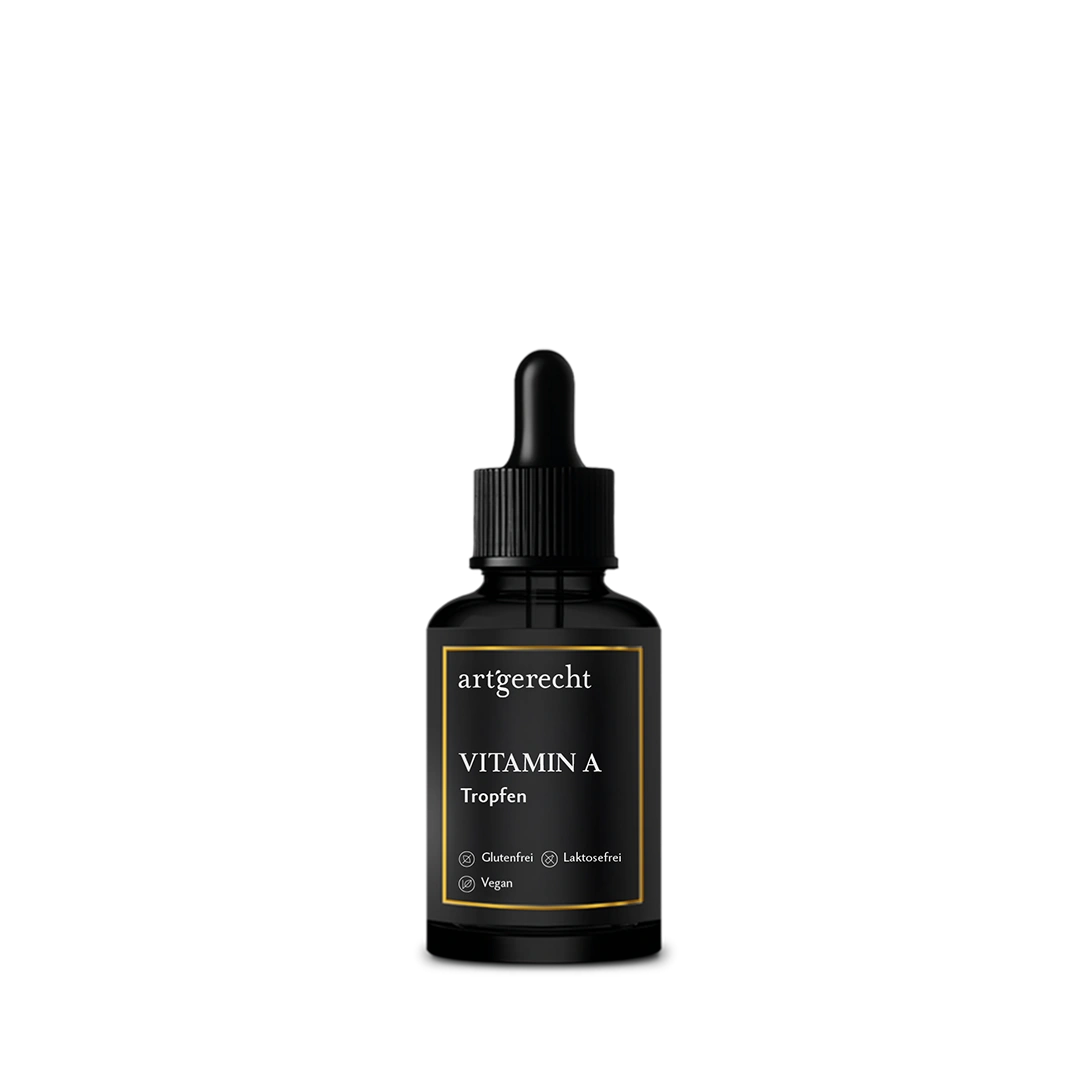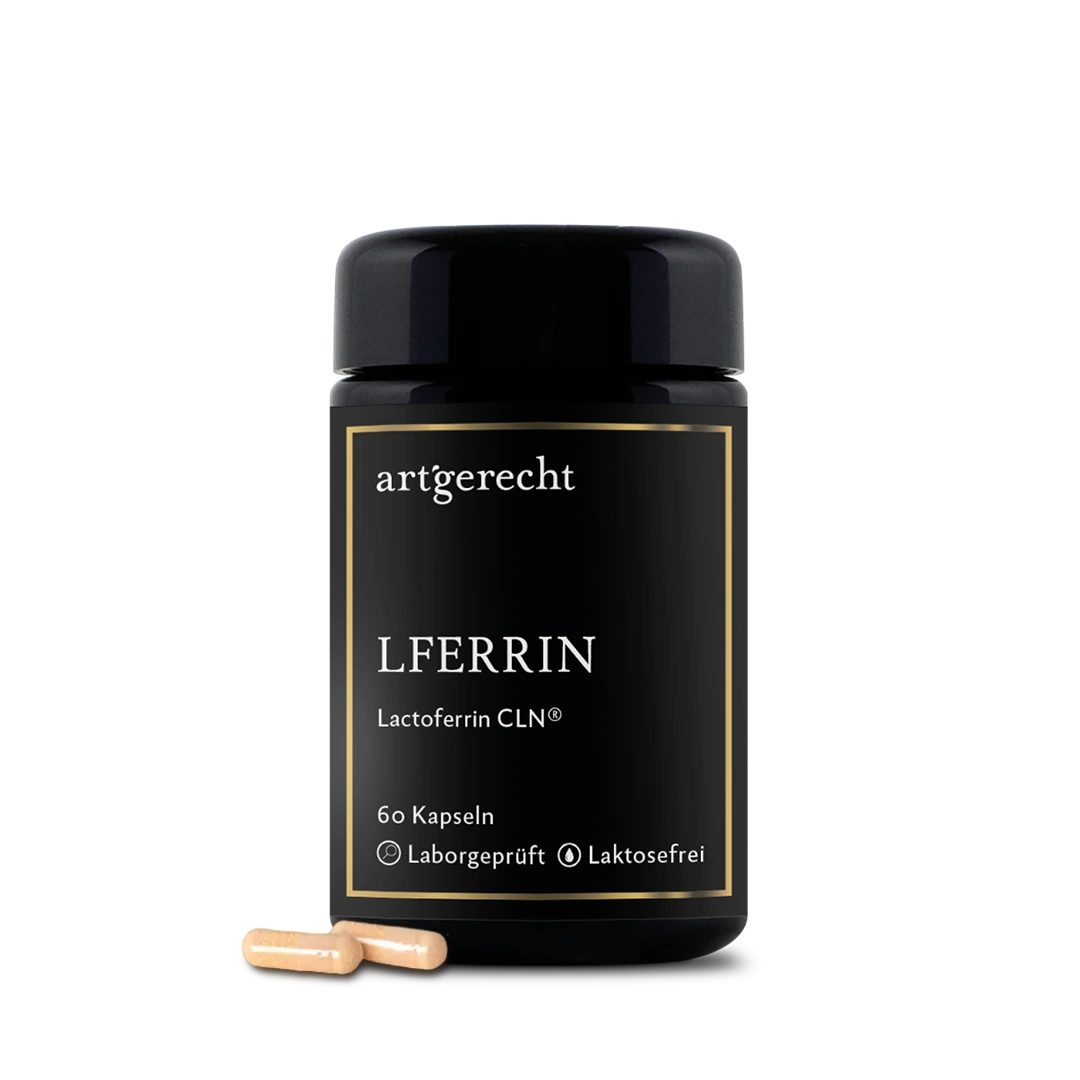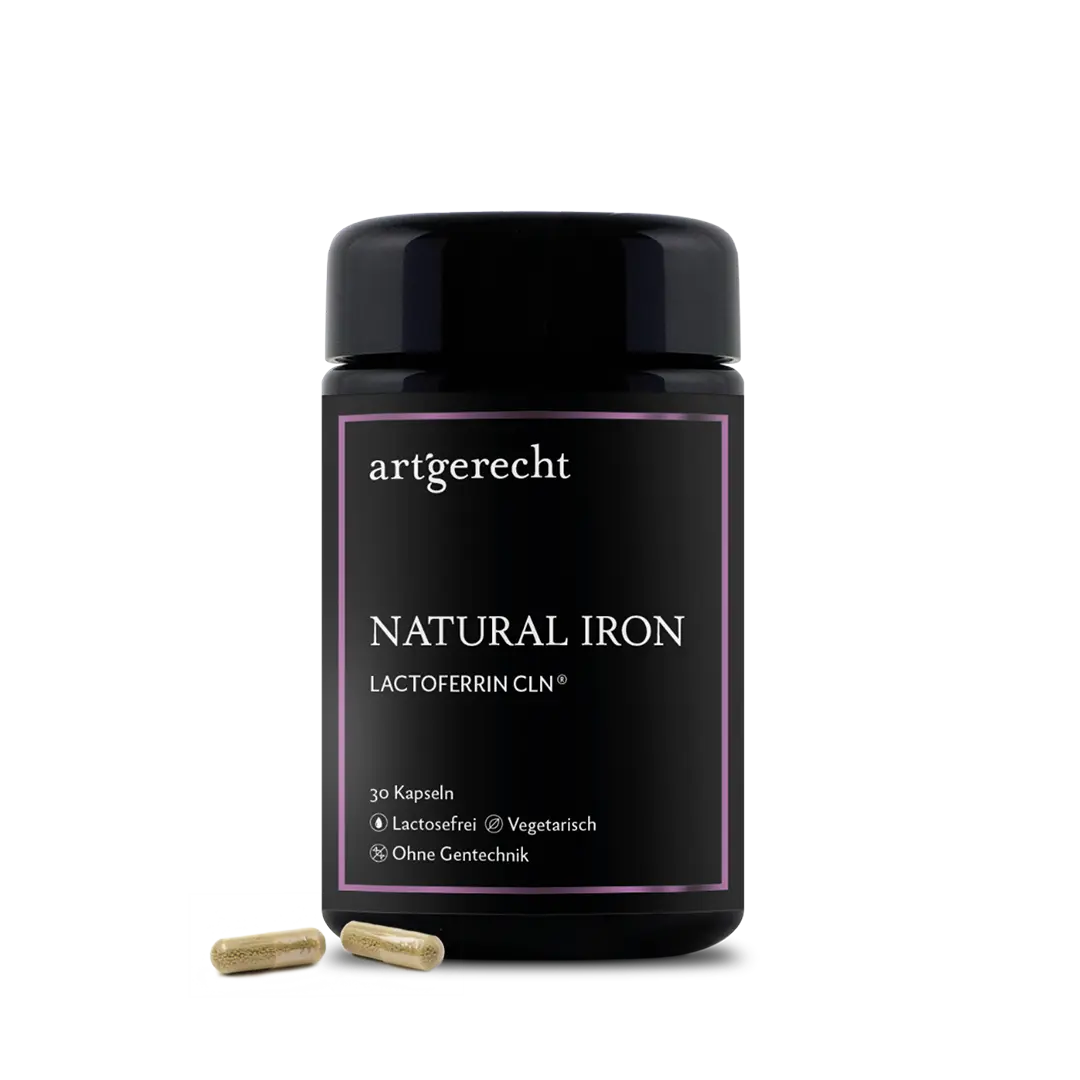- What kind of stress do we experience?
- What stress can we deal with best?
- What is stress and how does it arise?
- Stress: All a matter of the mind?
- What benefits does stress bring us?
- So stress is good. But when is stress harmful?
- Stress and overweight
- How do you recognize chronic stress?
- What helps with psychological and social stress?
- The Bern principle
- Literature:
We all know stress and have an idea of what stress means. In fact, 80% of the German population suffers from stress - with mostly negative effects. Yet our body's stress system has an important and even positive function. The saying: You don't have stress, you create it is truer than ever from an evolutionary perspective. But why is that and what does stress mean for us?
What kind of stress do we experience?
„I have stress What we generally refer to as „stress“ includes both psychological and social stress. Psychological or social stress is a broad term. It can be, for example, worry about income, the job or relationship-related stress – and so much more (Engelmann, Landgraf, & Wotjak, 2004)(Du, Lin, Lu, & Tai, 2011). It is therefore not surprising that stress occurs in numerous forms. It can take place in our own experience or affect us from outside. It can be positive or negative stress. Stress can also be physical or emotional, it can be due to our own decisions or it can be completely out of our control. No matter how it is packaged, stress has a great influence on us.
What stress can we deal with best?
As always, the solution to this question lies in evolution: We are particularly well adapted to certain triggers for stress (stressors) that have always accompanied us. For example, we can adapt our core body temperature despite heat and cold, go several weeks without food and in dangerous situations, with sufficient energy, fight or flee. Many of these old stressors represent physical stress, which our body has learned to deal with over and over again through evolution.
What is stress and how does it arise?
The cause of stress is called a stressor. A stressor can be anything that we experience as a „threat” to our inner balance (homöostasis). These threats are perceived via our senses and subsequently activate our stress system. Many of these stressors that we feel today are different from those that we have had to perceive evolutionär for hundreds of thousands of years.
| New stressors | Old stressors |
| High meal frequency (> 21x per week), high carbohydrate meals, too much linoleic acid (omega-6), junk food | Natural dangers (fight / flight) |
| Mobile phone, TV, newspapers, internet | Hunger |
| Driving, lack of exercise | Thirst |
| Permanent stress | Kälte |
| Mortgage, stocks, finances, job | Heat |
Stress: All a matter of the mind?
One aspect that is particularly important for psychological and social stress is evaluation. Stress research has shown that there are not only great differences between people, but also in their own experience of stress. For example, reading a newspaper is not a stressor for everyone: nevertheless, a magazine that reports on disasters in the world can be evaluated differently than a magazine that reports on a regional series of burglaries. These findings suggest that our stress system is a highly adaptive system that is designed to help us react flexibly to the demands of our environment (Zänkert, Bellingrath, Wüst, & Kudielka, 2019).
What benefits does stress bring us?
Stress activates our body.
The stress system is primarily responsible for mobilizing energy in our body. This extra portion of energy should ensure that we can maintain our inner balance despite increased physical demands.ouml;n and our brain gets enough energy to search for a solution to our problem (Peters & McEwen, 2015). Stress is also an absolute necessity for our daily life./strong>, as the stress system is an important timer for our biorhythm. Stress helps us to survive day after day and we often don't even realize it: completed exams, red lights in traffic, athletic performance, sufficient energy at work and much more would not be possible without the stress system.
So stress is good. But when is stress harmful?
A problem arises when the stress response is chronically elicited too little or too much, but also when it does not occur in a good rhythm (Dunlavey, 2018). In other words, if we are persistently over- or under-stressed or do not live in our biorhythm, then stress can have a negative effect. The consequences of chronic stress are fatal and far-reaching, as chronic stress leads to a worsening of many diseases and can also be seen as a risk factor for them (Schmidt, Sterlemann, & Müller, 2008).
Stress and overweight
Stress can affect behavior by leading to übermäßigem Essen and the consumption of foods high in calories, fat or sugarphysical activity and shortens sleep. In addition, stress triggers changes in reward processing in the brain and possibly in the intestinal microbiome (Tomiyama, 2019). Chronic stress also ensures that our brain becomes permanently active, which in the long term leads to the injury.In the long term, this means that in addition to our brain, only the fatty tissue absorbs a lot of energy and thereby storing energy (Peters & McEwen, 2015).
How do you recognize chronic stress?
In fact, when you are exposed to constant psychological and social stress, it is difficult to identify it as a stressor. Under stress, you develop a kind of „tunnel vision“, which is important to focus your attention on the current biggest challenge. One method to identify stress and to change behavior in response is a reflective diary (Travers, 2011) (Ragnemalm & Bång, n.d.).
.What helps with psychological and social stress?
First of all: Many roads lead to Rome and everyone has to find their own individual path.
With regard to current stress research, it can be a good effect, for example, to fight fire with fire. This shows that sport, which is also a stressor (physical), can reduce psychological stress reduce and improve our health (Fiuza-Luces, Garatachea, Berger, & Lucia, 2013). However, people often don't have enough energy to motivate themselves to do a round of sport after a long working day.
So if you're looking for another option, you can try Waldbaden, for example. The mindfulness training learned in the process can significantly reduce stress (Park, Tsunetsugu, Kasetani, Kagawa, & Miyazaki, 2010). Even spending time in a forest leads to a reduction in stress (Oh et al., 2017). However, if it is too uncomfortable outside or if you do not live in a natural environment, you can also reduce stress indoors with yoga and meditation (Simkin & Black, 2014) (Thirthalli et al., 2013) (Gupta, 2018).
If you don't have time for all this, you can also lower your stress hormone levels by intermittent fasting or drinking, you can find out exactly how this works here. Not to forget, a good biorhythm ensures sufficient regeneration and thus helps to reduce stress (Elkhenany, AlOkda, El-Badawy, & El-Badri, 2018). You can find out how to normalize your biorhythm here.
The Bern principle
Literature:
Du, C. L., Lin, M. C., Lu, L., & Tai, J. J. (2011). Correlation of occupational stress index with 24-hour urine cortisol and serum DHEA sulfate among city bus drivers: A cross-sectional study. Safety and Health at Work, 2(2), 169–175. https://doi.org/10.5491/SHAW.2011.2.2.169
Dunlavey, C. J. (2018). Introduction to the Hypothalamic-Pituitary-Adrenal Axis: Healthy and Dysregulated Stress Responses, Developmental Stress and Neurodegeneration. Journal of undergraduate neuroscience education : JUNE : a publication of FUN, Faculty for Undergraduate Neuroscience, 16(2), R59–R60. Retrieved from http://www.ncbi.nlm.nih.gov/pubmed/30057514
Elkhenany, H., AlOkda, A., El-Badawy, A., & El-Badri, N. (2018, December 1). Tissue regeneration: Impact of sleep on stem cell regenerative capacity. Life Sciences. Elsevier Inc. https://doi.org/10.1016/j.lfs.2018.10.057
Engelmann, M., Landgraf, R., & Wotjak, C. T. (2004). The hypothalamic-neurohypophysial system regulates the hypothalamic- pituitary-adrenal axis under stress: An old concept revisited. Frontiers in Neuroendocrinology, 25(3–4), 132–149. https://doi.org/10.1016/j.yfrne.2004.09.001
Fiuza-Luces, C., Garatachea, N., Berger, N. A., & Lucia, A. (2013). Exercise is the real polypill. Physiology, 28(5), 330–358. https://doi.org/10.1152/physiol.00019.2013
Gupta, A. H. H. (2018). Therapeutic Yoga for Stress and Exhaustion Exhaustion and Burnout Symptomatology and Progression Ayurvedic View of Stress and Exhaustion.
Oh, B., Lee, K. J., Zaslawski, C., Yeung, A., Rosenthal, D., Larkey, L., & Back, M. (2017). Health and well-being benefits of spending time in forests: Systematic review. Environmental Health and Preventive Medicine, 22(1), 1–11. https://doi.org/10.1186/s12199-017-0677-9
Park, B. J., Tsunetsugu, Y., Kasetani, T., Kagawa, T., & Miyazaki, Y. (2010, January). The physiological effects of Shinrin-yoku (taking in the forest atmosphere or forest bathing): Evidence from field experiments in 24 forests across Japan. Environmental Health and Preventive Medicine. https://doi.org/10.1007/s12199-009-0086-9
Peters, A., & McEwen, B. S. (2015). Stress habituation, body shape and cardiovascular mortality. Neuroscience and Biobehavioral Reviews, 56, 139–150. https://doi.org/10.1016/j.neubiorev.2015.07.001
Ragnemalm, E. L., & Bång, M. (n.d.). 8 Adjunct Proceedings. Retrieved from http://www.ep.liu.se/ecp_home/index.en.aspx?issue=068
Schmidt, M. V., Sterlemann, V., & Müller, M. B. (2008). Chronic Stress and Individual Vulnerability. Annals of the New York Academy of Sciences, 1148(1), 174–183. https://doi.org/10.1196/annals.1410.017
Simkin, D. R., & Black, N. B. (2014). Meditation and mindfulness in clinical practice. Child and Adolescent Psychiatric Clinics of North America. W.B. Saunders. https://doi.org/10.1016/j.chc.2014.03.002
Thirthalli, J., Naveen, G. H., Rao, M. G., Varambally, S., Christopher, R., & Gangadhar, B. N. (2013). Cortisol and antidepressant effects of yoga. Indian Journal of Psychiatry, 55(7), S405-8. https://doi.org/10.4103/0019-5545.116315
Tomiyama, A. J. (2019, January 4). Stress and Obesity. Annual Review of Psychology. Annual Reviews Inc. https://doi.org/10.1146/annurev-psych-010418-102936
Travers, C. (2011). Unveiling a reflective diary methodology for exploring the lived experiences of stress and coping. Journal of Vocational Behavior, 79(1), 204–216. https://doi.org/10.1016/j.jvb.2010.11.007
Zänkert, S., Bellingrath, S., Wüst, S., & Kudielka, B. M. (2019, July 1). HPA axis responses to psychological challenge linking stress and disease: What do we know on sources of intra- and interindividual variability? Psychoneuroendocrinology. Elsevier Ltd. https://doi.org/10.1016/j.psyneuen.2018.10.027




